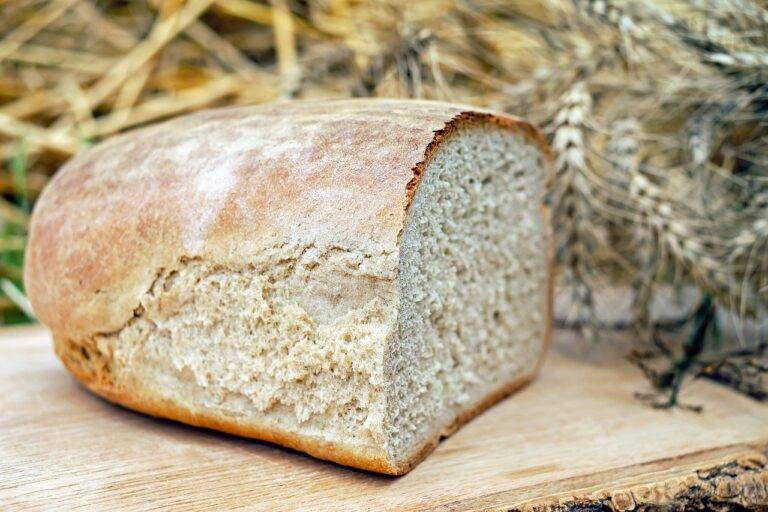The Impact of Technology on Restaurant Food Safety
Ensuring food safety in restaurants comes with a multitude of challenges that require careful attention and proactive measures. One of the primary obstacles faced by restaurants is the proper handling and storage of perishable ingredients. Failure to adhere to strict guidelines on temperature control and storage conditions can lead to foodborne illnesses and contamination.
Moreover, maintaining impeccable hygiene practices throughout the kitchen and dining areas presents a constant challenge. Restaurants must rigorously enforce handwashing protocols, sanitization of equipment, and cleanliness of surfaces to prevent the spread of harmful bacteria and pathogens. Staff training and consistent monitoring are essential to uphold these standards and minimize the risk of food safety incidents.
Benefits of Implementing Technology in Food Safety Measures
Implementing technology in food safety measures can bring about numerous benefits for restaurants. One key advantage is the ability to automate various processes, such as temperature monitoring and inventory management. With the help of technology, restaurants can set up alerts and notifications for when certain conditions deviate from the safe parameters, allowing for quick response and prevention of potential food safety issues.
Moreover, technology provides restaurants with the tools to streamline their operations and improve overall efficiency. From digital food safety checklists to automated scheduling of equipment maintenance, technological solutions can help restaurants stay organized and compliant with food safety regulations. This not only reduces the risk of foodborne illnesses but also enhances the reputation of the establishment among customers who prioritize safety and quality in their dining choices.
Role of IoT in Monitoring Food Safety in Restaurants
Internet of Things (IoT) technology is becoming increasingly crucial in the realm of food safety within restaurants. By utilizing IoT devices such as temperature sensors and humidity monitors, establishments can ensure that food storage conditions are optimal at all times. These devices provide real-time data which allows for immediate action to be taken in case of any deviations from the set standards.
Moreover, IoT can be leveraged to streamline the monitoring of food safety practices in restaurants. Through the use of connected devices, restaurant managers can track various parameters such as cleanliness, food handling procedures, and equipment maintenance effortlessly. This proactive approach to monitoring ensures that potential hazards are identified and addressed promptly, preventing foodborne illnesses and maintaining the overall reputation of the establishment.





